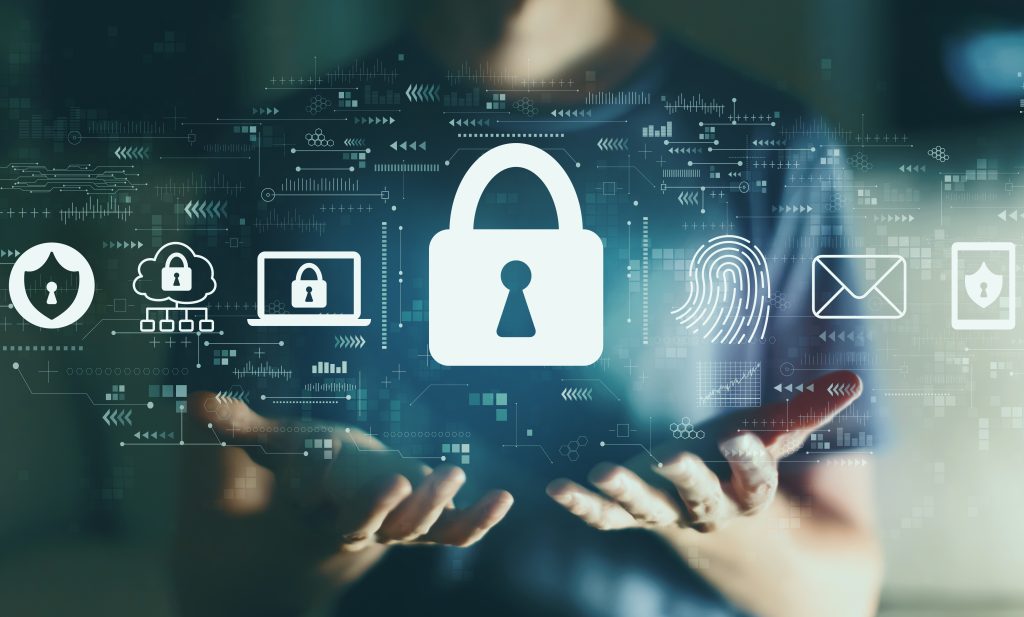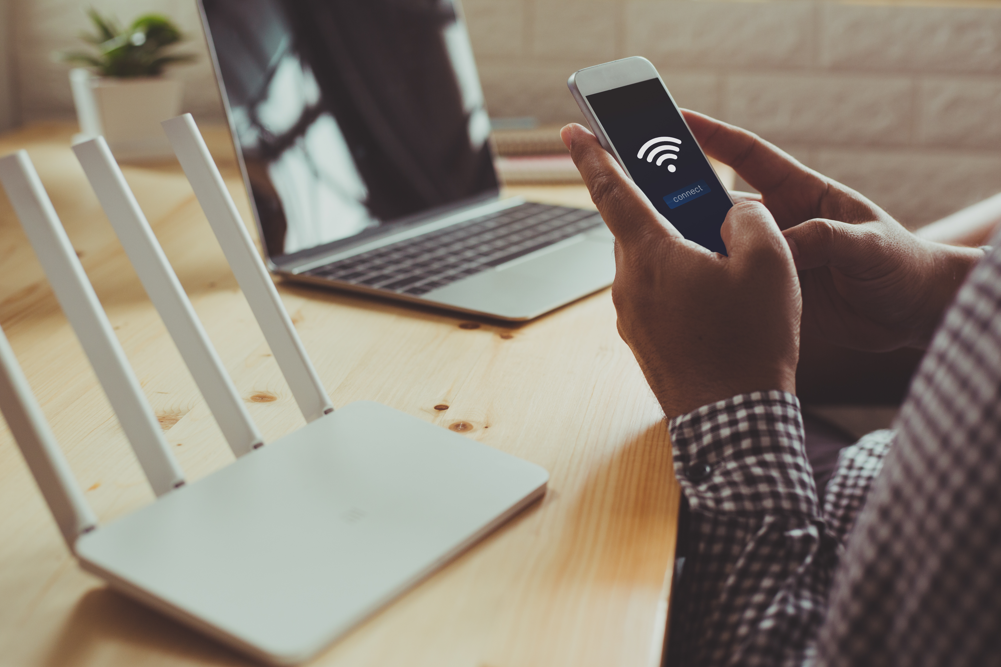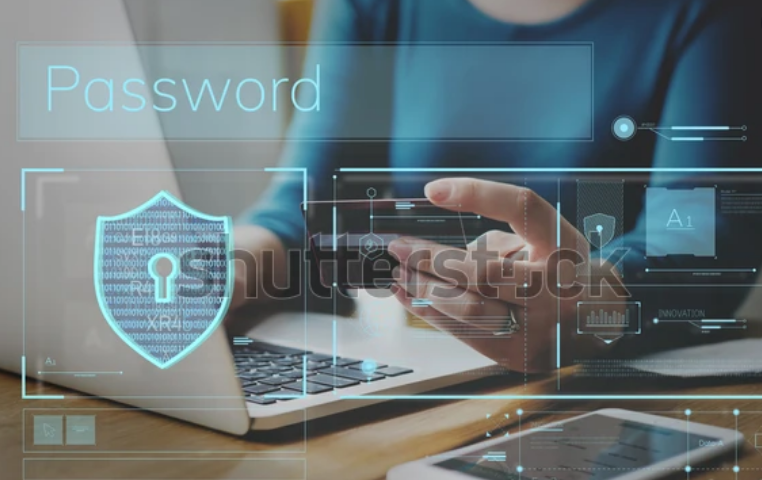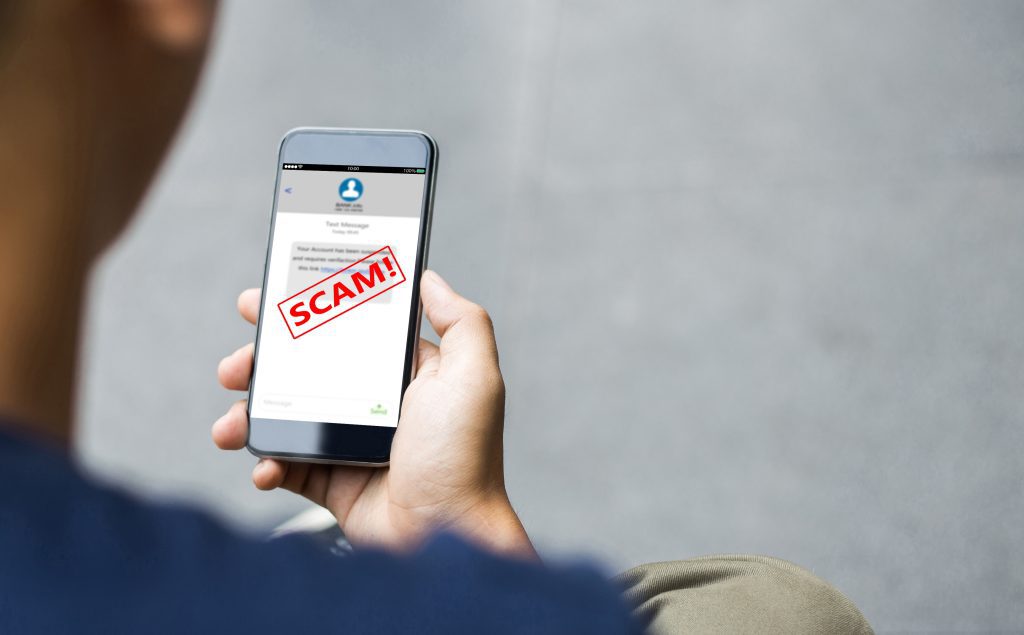Our phones are often our most valuable possessions. They contain information that can be essential to our professional and personal lives, so it is important to ensure that they are secure and protected from any potential threats. Unfortunately, there are numerous ways in which your phone data could be compromised. Whether it’s through malicious software or physical theft, having a secure system in place can protect you from these threats. To help you out, we’ve compiled a list of ten foolproof ways to secure your phone data and keep your information safe. Read on for the details!

Use a passcode:
A passcode is the most basic form of security for your phone, and it’s also the easiest to set up. Just choose a four-digit or six-digit code that you can remember, and make sure to never write it down or share it with anyone. If someone does manage to guess your code, they’ll only have access to your phone’s data, so it’s still worth using a passcode.
Use two-factor authentication
One of the most foolproof ways to secure your phone data is to use two-factor authentication. This means that in addition to your password, you also need a second form of identification, such as a fingerprint or code, to access your device.
Two-factor authentication is an extra layer of security that makes it harder for someone to break into your account. Even if they know your password, they won’t be able to get into your device without the second form of ID.
There are a few different ways to set up two-factor authentication on your devices. For example, many phones and tablets have built-in fingerprint scanners that can be used as the second form of ID. Alternatively, you can use a third-party app like Authy or Google Authenticator to generate codes for accessing your device.
Whichever method you choose, two-factor authentication is a great way to protect your phone data from hackers and other online threats.
Don’t use public Wi-Fi

Public Wi-Fi is one of the most common ways for hackers to gain access to people’s devices and data. If you must use public Wi-Fi, be sure to connect only to trusted networks and avoid using any sensitive or personal information while connected.
Keep your software and apps up to date
One of the best ways to protect your device from attack is to keep your software and apps up to date. Hackers are constantly finding new ways to exploit vulnerabilities in outdated software, so it’s important to install updates as soon as they’re available.
Use a secure lock screen
Another simple but effective security measure is to use a secure lock screen on your device. This will help prevent unauthorized access in the event that your device is lost or stolen. Be sure to choose a strong password or PIN that can’t be easily guessed
Encrypt your data
If you’re concerned about someone gaining access to your data, you can encrypt it using a tool like Veracrypt. This will make it much harder for anyone to read your data even if they gain access to it.

Update your software
If you’re like most people, you probably don’t give much thought to the security of your phone. But did you know that nearly half of all Americans have had their phones hacked? That’s a lot of people!
One of the best ways to protect your phone from being hacked is to keep your software up to date. Most hackers exploit known vulnerabilities in outdated software to gain access to phones. By keeping your software up to date, you can make it much harder for hackers to get into your phone.
So how do you keep your software up to date? The first step is to find out what kind of software your phone uses. Is it Android? iOS? Windows Phone? Once you know that, you can go to the website of the company that makes your phone’s operating system and check for updates.
For example, if you have an iPhone, you would go to Apple’s website and look for the latest version of iOS. If there is an update available, download and install it right away. It’s usually a good idea to back up your phone before installing any updates, just in case something goes wrong during the process.
Once you’ve updated your phone’s operating system, take a look at any apps that you have installed. Many apps will also have updates available from time to time. These updates often include new features or bug fixes that can help improve the security of the app. As with operating system updates, it’s a good idea to
Use a VPN

Assuming you have a smartphone, the first thing you should do to secure your phone data is to download and install a VPN app. A VPN, or virtual private network, encrypts your internet traffic and routes it through a server in another location, making it safe from prying eyes. This is especially important if you use public Wi-Fi networks, which are often unsecured.
There are many good VPN apps available for both iOS and Android devices. Some of our favorites include ExpressVPN, NordVPN, and TunnelBear. Once you’ve installed a VPN app on your phone, simply open it and connect to a server location. Your traffic will now be encrypted and routed through the VPN server, making it safe from snoopers.
Keep your apps up to date
One of the best ways to secure your phone data is to keep your apps up to date. By keeping your apps up to date, you can ensure that they are patched against the latest security vulnerabilities. Additionally, many app updates include new features and improvements that can help to improve the overall security of your device.
To keep your apps up to date, you can either update them manually or enable automatic updates. To update your apps manually, simply open up the app store on your device and check for any available updates. If there are any updates available, install them as soon as possible. Alternatively, you can enable automatic updates for all of your apps. This can be done by going into the settings menu on your device and enabling the “auto-update” option.
Back up your data
It’s important to back up your data in case you lose your phone or it gets stolen. There are a few different ways you can do this:
-Save your data to a cloud service like iCloud or Google Drive. This way you can access your data from any device with an internet connection.
-Export your data to a PC or Mac. You can use iTunes to back up your iPhone, or Android File Transfer for Android devices.
-Copy your files to an external hard drive or USB flash drive. This is a good option if you want to keep a local copy of your data.
Make sure to encrypt your backups so that only you can access them!
Review your privacy settings
When it comes to securing your phone data, one of the first things you should do is review your privacy settings. There are a number of ways to do this, but one of the simplest is to go into your settings menu and look for the “privacy” or “security” settings. From here, you can review all of the different ways that your data is being shared and adjust accordingly.
One thing to keep in mind is that many apps will ask for permission to access certain parts of your data, such as your contacts or location. While it may be tempting to just allow these permissions without thinking twice, it’s important to only grant them if you trust the app and feel comfortable with the level of access they’re asking for.
Another setting to pay attention to is whether or not your phone is set to automatically back up its data. This can be a handy feature, but it also means that any sensitive information on your phone could be stored in an unsecure location. If you’d rather not take this risk, you can disable automatic backups in your phone’s settings menu.
By taking some time to review your privacy settings, you can help ensure that your phone data stays safe and secure.
Be aware of phishing scams

In order to protect your phone data from being accessed by criminals, it is important to be aware of phishing scams. Phishing is a type of online fraud in which criminals send out fake emails or texts in an attempt to trick people into giving them personal information, such as credit card numbers or login credentials.
If you receive an email or text that looks suspicious, do not click on any links or attachments. Instead, contact the company directly to verify the message. If you believe you have been a victim of phishing, change all of your passwords immediately and report the incident to the proper authorities.
Conclusion
Securing your phone data is an essential step in protecting yourself from cyber criminals. With the right tools and knowledge, you can protect your smartphone from security threats. We hope that our list of 10 fool proof ways to secure your phone data has given you a better understanding on how to keep your digital life safe and sound. If ever doubt creeps in, just remember: prevention is always better than cure!












